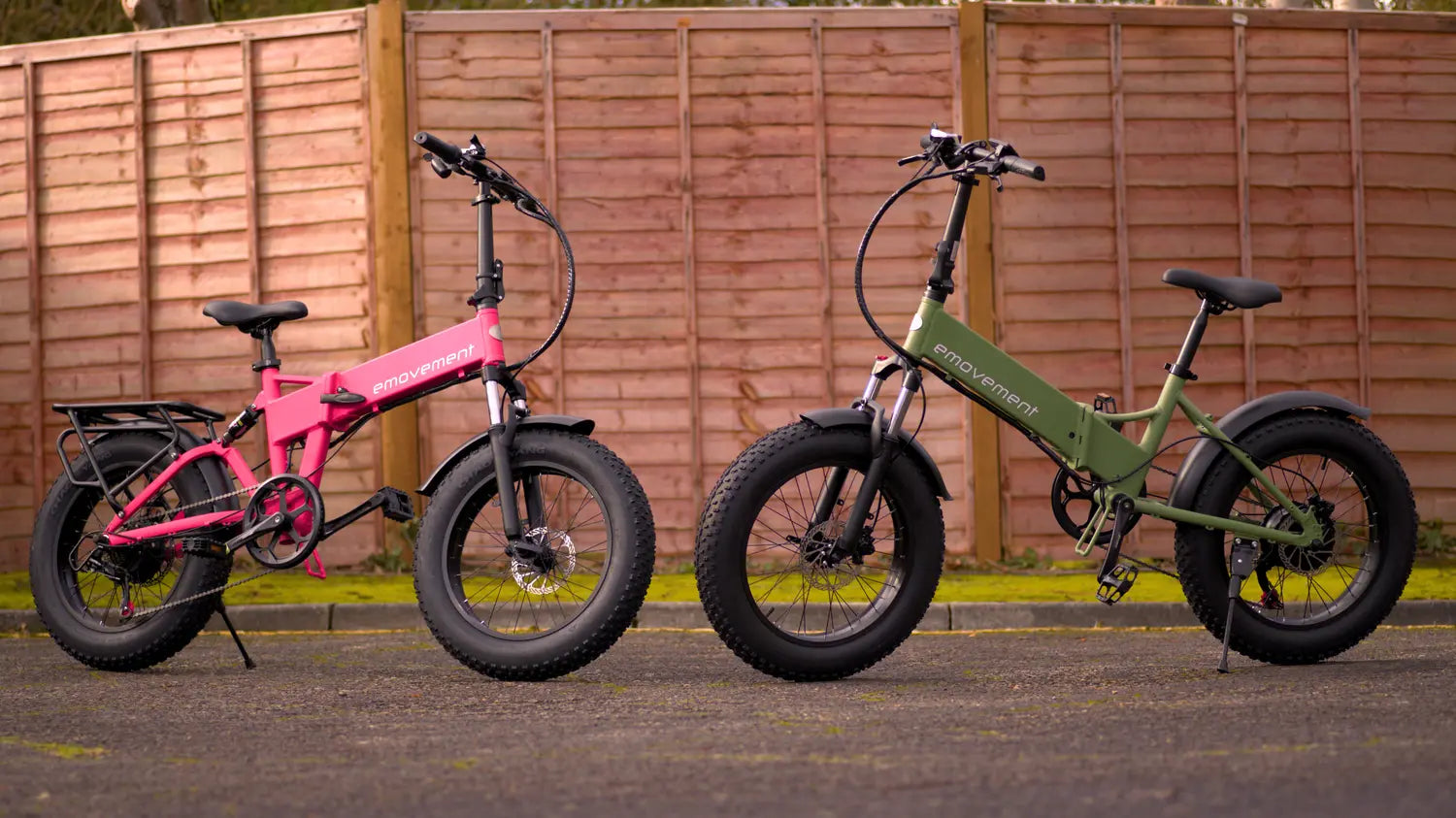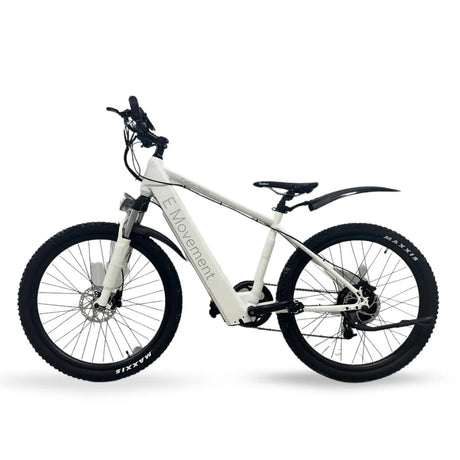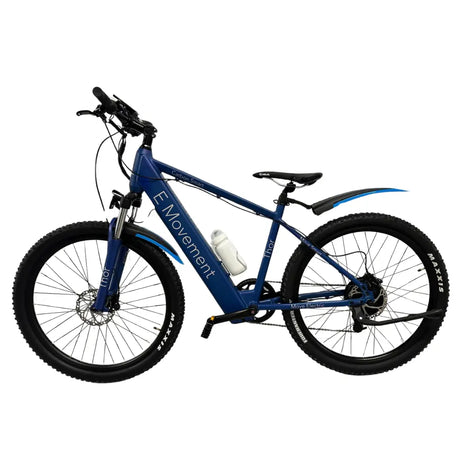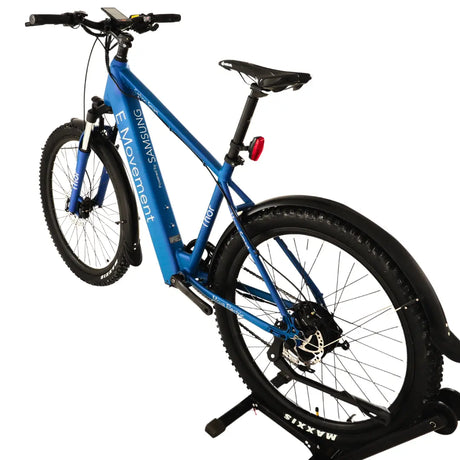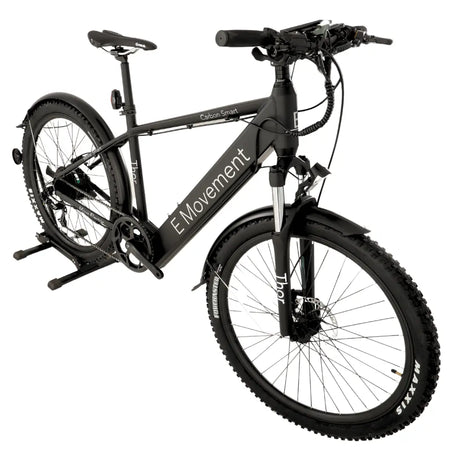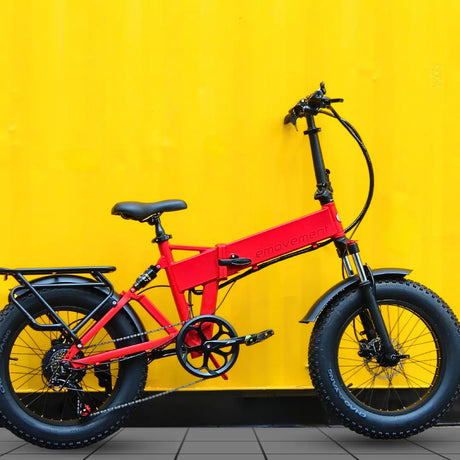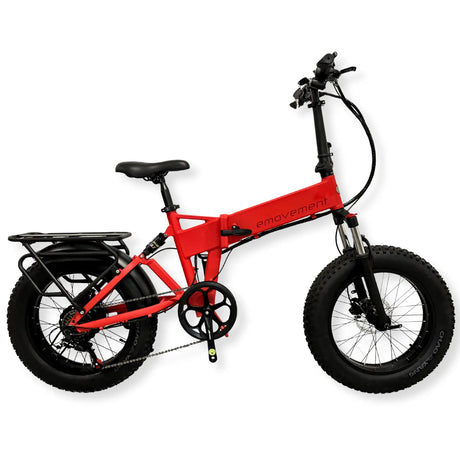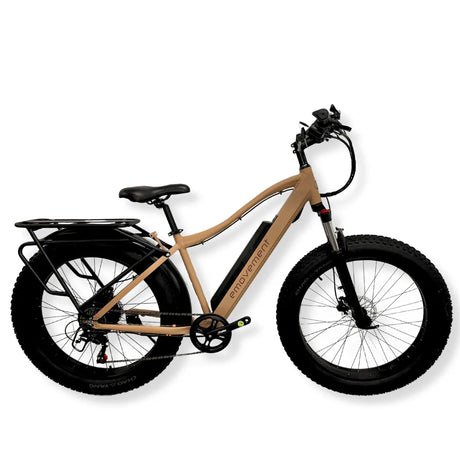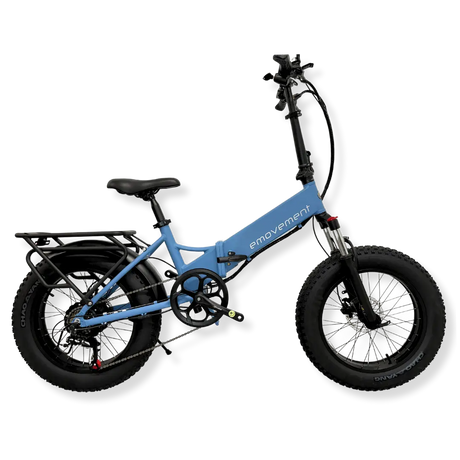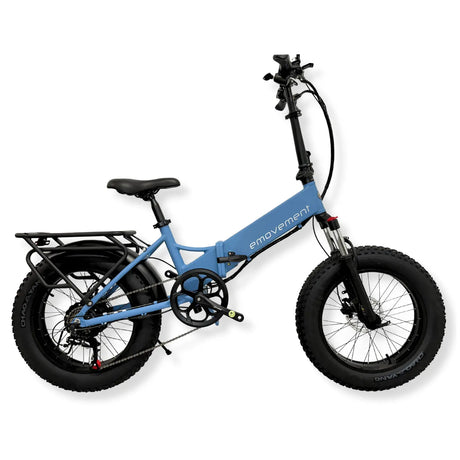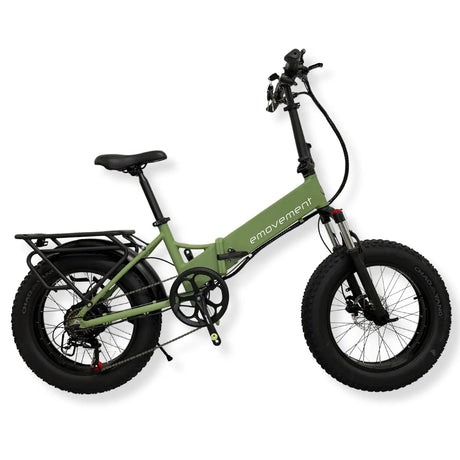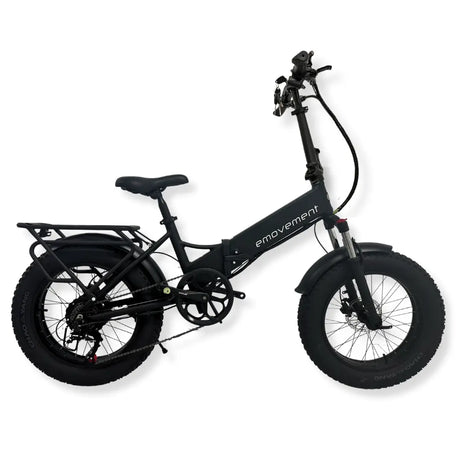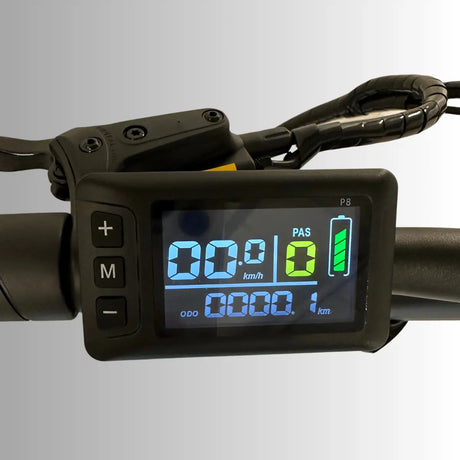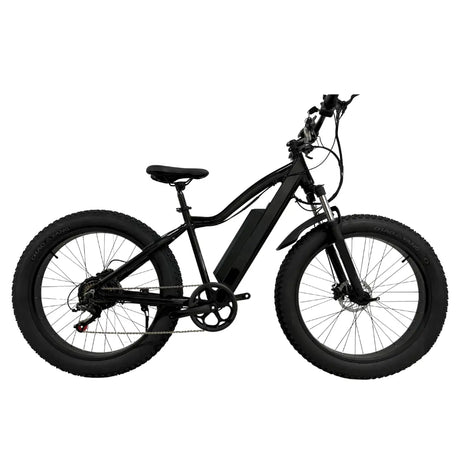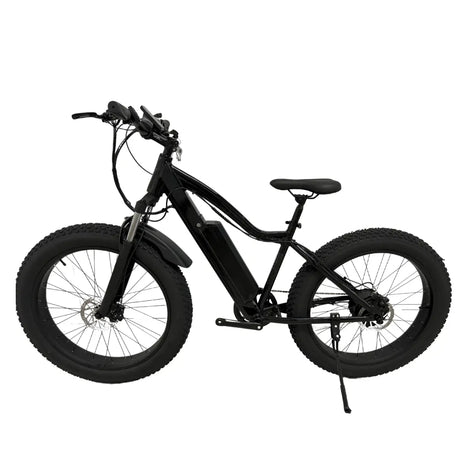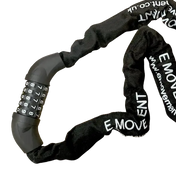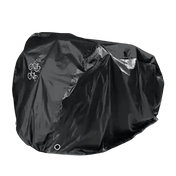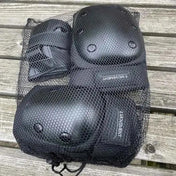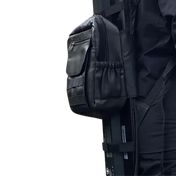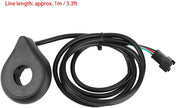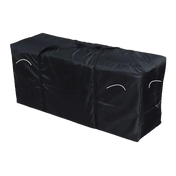Electric bicycles have transformed personal transportation by blending the convenience of cycling with the power of electric assistance. They come in various types, and by understanding their classification, you can find one that perfectly suits your needs and riding style. E-bikes also come in various configurations, each designed to offer specific advantages depending on motor placement, pedal assistance, usage, and power and speed capabilities.
Let us discuss each classification type so you can understand how each differs from the other and handpick the best bike for your needs .

Exploring the Types of e-Bikes by Motor Placement
One key factor influencing an e-bike's performance and suitability is the placement of its motor. Motor placement affects the bike's balance, handling, and overall riding experience. Each placement position offers unique advantages and potential drawbacks, making them suitable for different kinds of riders and uses. Here, let’s discuss some popular options.
1. Front Hub Motor e-Bikes
Front hub motor ebikes feature an electric mated in the front wheel hub. This design is often the simplest and most cost-effective, making it popular among entry-level electric bikes. Front hub motors are easy to install and maintain. Since the motor operates independently of the bike's drive train, you can add it to any traditional bicycle frame without requiring significant modifications. This makes them a flexible option for riders looking to convert a standard bike into an e-bike.
It is vital to note that front hub motors can make the bike unstable, particularly under acceleration on slippery surfaces. The added weight in the front wheel can make steering feel different from traditional bikes, which might take some getting used to. Additionally, because the motor pulls the bike forward, it can sometimes cause traction issues on loose or wet terrain. These stability issues are why we also recommend (and stock) electric bikes with rear-hub motors
2. Rear Hub Motor e-Bikes
Rear hub motor e-bikes place the motor in the rear wheel hub. This setup is favoured for its improved traction and stability, as the motor's power is delivered directly to the rear wheel, which pushes the bike forward. It provides a more familiar riding experience for most cyclists, as it is similar to a conventional bike where most of the rider's weight is over the rear wheel. So you get better control and stability, especially when accelerating or climbing hills.
Rear hub motors are more powerful than front hub ones, making them suitable for different terrains, such as steep inclines and uneven surfaces. They are also considerably simple to install and much less expensive than front hub ones. Given this superior performance and relative affordability, we advocate for them (and stock them)!
However, you should know that rear hub motors are integrated with the gear and brake systems, complicating tasks like changing a flat tyre, adjusting the gears, or fixing brake issues. Despite these challenges, rear hub motor e-bikes are highly popular among riders who prioritise power and performance.
-
Mid-Drive Motor e-Bikes
Mid-drive motor ebikes position the motor at the bike's centre, usually integrated with the crankshaft. This central placement offers better balance and weight distribution, resulting in a more natural riding experience. The motor works directly with the bike's gears, allowing for more efficient power use and better performance for various speeds and terrains. Mid-drive motors are particularly effective on hilly or rugged terrain where precise control over the bike's power output is crucial.
One standout feature of mid-drive motor e-bicycles is their ability to leverage the bike's existing gear system, further enhancing its efficiency and range. This ability makes them an excellent choice for serious cyclists who require robust performance. Due to its high-level features, mid-drive motors are much more expensive and require more regular maintenance. Despite the higher price tag, mid-drive motorbikes are a top choice for riders looking for versatility and top-tier performance.
Types of e-Bikes by Pedal Assistance
E-bikes are highly influenced by the type of pedal assistance . Before you can decide which one to invest in, you must understand the effect pedal assistance can have. Here, these types are explained:
1. Pedal-Assist e-Bikes
Pedal-assist e-bikes, also called pedelecs, only provide electric assistance when the rider pedals. Sensors on the pedals detect the rider’s pedalling strength and adjust the motor’s power output accordingly, enhancing the riding experience without taking over completely.
These electric bicycles are ideal for those who enjoy the traditional feel of cycling but appreciate the extra boost, particularly on hills or long rides. They promote a natural workout and help riders maintain a consistent pace, making them perfect for commuting or recreational riding.
2. Throttle-Only e-Bikes
Throttle-only electric bikes allow the rider to engage the motor using a throttle, typically located on the handlebars. This setup propels the bike without pedalling, similar to a scooter or motorcycle.
These bicycles are great for riders who need to cover short distances quickly without exerting much effort or for those who might need occasional rests during longer rides. However, the throttles drain the battery faster since the motor is doing all the work, and they might not be allowed in certain areas due to differing regulations.
3. Combination (Pedal-Assist and Throttle) e-Bikes
Combination e-bikes (like all of ours) offer the best of both worlds by integrating pedal-assist and throttle features. Riders can choose to pedal with assistance or use the throttle for a more effortless ride. This flexibility makes combination e-bikes highly versatile, catering to various riding conditions and preferences. They are perfect for riders who want to switch between a traditional cycling experience and a more relaxed ride when needed. However, including both systems can add to the bike’s weight and cost.

Types of E-Bikes by Usage
Before you purchase an e-bike, you must know what to use it for. Here, we discuss how electric bikes differ in usage. Each bike has special features to better facilitate the rider's purpose.
1. Commuter e-Bikes
Commuter e-bikes are designed for daily urban travel, focusing on comfort, efficiency, and practicality. They feature integrated lights, fenders, and racks for carrying bags or groceries, ensuring riders are equipped for all weather conditions. These e-bikes also have reliable motors and batteries that offer sufficient range to cover daily commutes without frequent recharging. Many e-road bikes also incorporate well-designed seats to provide a comfortable riding position, reducing strain on the rider during longer trips. Additionally, some models come with built-in GPS and innovative connectivity features, allowing riders to navigate and track their rides easily.
2. Mountain e-Bikes
Mountain e-bikes , or e-MTBs, are built to tackle off-road trails and rough terrains. They have robust frames, powerful motors, and advanced suspension systems to handle the rough terrain. eMTBs are characterised by their 26-inch (or larger) tyres that provide enhanced responsiveness and power to climb steep climbs and challenging descents, making them perfect for adventure seekers and outdoor enthusiasts. Most of them feature fat tyres, hydraulic disc brakes for superior stopping power, and advanced gear systems to manage various terrains effectively.
If you’re looking for an eMTB exclusively for challenging off-road trails, it’s best to opt for bikes with torque sensors. However, if you plan on using them mainly on roads and mild off-road trails, regular cadence sensors will serve you well.
3. Cargo e-Bikes
eCargo bikes can carry heavy loads, perfect for transporting goods or children. They feature sturdy frames and large cargo areas in the front or rear of the bike and are equipped with powerful motors to handle the added weight. These e-bikes are popular with riders who prefer to use a bike instead of a car for running errands or making deliveries since bikes take up less parking space and make it faster to navigate traffic. Some cargo electric bikes have modular systems that can be customised with child seats, panniers, or even insulated boxes for food delivery. Their robust design and powerful assistance make them ideal for reducing the reliance on vehicles in urban environments.
You may be able to turn your regular ebike into a cargo ebike with the right container attachments. Just make sure it has a decent weight limit. (for instance, many of our fat-tyre ebike models can support weights up to 150kgs or more)
4. Folding e-Bikes
Any of the types we discussed can come in folding versions.
Folding electric bikes can easily be folded up and stored in small spaces, making them ideal for people with limited storage or for those who need to take their bikes on public transportation. Despite their compact size, many folding e-bikes come with powerful motors and batteries to provide a reliable and efficient ride. These bikes feature quick-release mechanisms and lightweight frames, allowing for easy carrying and storage. Folding electric bikes are perfect for last-mile commutes, travel, and people with limited parking space.
Note that if you want to be able to fold and carry your bike, you’ll need a lightweight model. However, many (not all) lighter folding models can be flimsy, so you may need to strike a compromise between power and portability. If you want the best of all worlds, you can try our Commute – a light, full-suspension, folding road e-bike with 20-inch tyres.
5. Fat Tyre e-Bikes
Fat tyre electric bikes feature wide tyres that provide extra traction and stability, making them suitable for riding on sand, snow, rough terrain, and even roads. These bikes are equipped with powerful motors to handle the increased rolling resistance of the large tyres. Fat tyre ebikes are perfect for riders who enjoy off-road adventures and need a bike that can handle various surfaces. The wide tyres offer excellent shock absorption, making for smoother rides over bumpy terrain. These bikes also come with reinforced frames and heavy-duty components to withstand the demands of extreme riding conditions.
6. Cruiser e-Bikes
Cruiser e-bikes are designed for relaxed, comfortable riding, typically featuring wide, cushioned seats and an upright riding position for leisurely rides. They are perfect for casual riders who prioritise comfort and style. Many cruiser e-bikes feature step-through frames for easy mounting and dismounting, making them accessible for riders of all ages and abilities. Their relaxed geometry and smooth-riding characteristics make them ideal for short, scenic rides and casual outings.
Types of E-Bikes by Power and Speed
Electric bikes come in various classes, each defined by their power and speed capabilities. Understanding these classifications can help you choose an e-bicycle that meets your specific riding needs and complies with local regulations. Here, discuss these types in detail:
1. Class 1 eBikes
Class 1 electric bikes are pedal-assist only and can assist up to 20 mph. They offer a straightforward and intuitive riding experience, making them an excellent choice for beginners and traditional cyclists looking to enhance their rides. Since the motor only engages when the rider is pedalling, these electric bicycles provide a natural biking experience with the added benefit of motor assistance, particularly useful on inclines and long rides.
Class 1 ebikes are allowed on most bike paths, multi-use trails, and public roads without special restrictions, making them ideal for recreational riding, commuting, and fitness.
2. Class 2 eBikes
Class 2 ebikes offer pedal-assist and throttle modes, assisting up to 20 mph. This dual functionality gives riders greater flexibility in how they use their bicycle. The throttle mode allows riders to engage the motor without pedalling, allowing them to rest during their ride or gain a quick burst of power to start from a stop. This makes them ideal for stop-and-go traffic, often found in large cities . The combination of pedal-assist and throttle options ensures that riders can adapt their riding style to different situations, offering a convenient and versatile riding experience.
However, note that class 2 are not road-legal and aren’t allowed on public properties in the UK. You must register, tax, and insure them if you want to use them.
3. Class 3 eBikes
Class 3 e-bikes are pedal-assist only but can assist up to 28 mph. Often referred to as “speed pedelecs,” these bikes are designed for faster commutes and more extended travel. The increased speed capability makes them an excellent option for riders who need to cover longer distances quickly or who want to keep up with traffic on busy streets.
However, due to their higher speed, Class 3 e-bikes are often restricted on bike paths and trails and may require additional safety gear, such as helmets. They are also not road-legal in the UK unless they’re registered, taxed, and insured as mopeds.
Despite these restrictions, their ability to provide a faster, more efficient ride makes them an appealing choice for serious commuters and fitness enthusiasts in areas where they’re allowed.
4. Speed Pedelecs
Speed pedelecs are a subset of Class 3 electric bikes designed to run above 28 mph. These high-speed e-bikes often require additional safety features like mirrors, horns, and more robust braking systems. They may also be subject to different regulations, including licensing, insurance, and minimum age requirements.
Speed pedelecs are best suited for experienced riders who need to travel long distances quickly and safely, especially those who ride on open roads with higher speeds. Their enhanced speed capabilities and regulatory requirements make them a highly functional option for bike enthusiasts

Conclusion
Choosing the right ebike involves considering various factors such as motor placement, pedal assistance, intended usage, and power and speed capabilities. Each type offers distinct advantages, catering to different riding styles and needs. With a full understanding of all types, you can decide which electric bike best fits your purpose to have an enjoyable riding experience and fully utilise your investment.
FAQs
1. What are the different types of ebikes?
Generally, electric bikes can be divided into types by usage, motor placement, pedal assistance, and speed/power. By usage, you have road ebikes, eMTBs, cruisers, cargo bikes, hybrids, fat bikes and folding bikes. By motor placement, you have bikes with front hub motors, rear hub motors, and mid-drive motors. By pedal assistance, you have pedal assist, throttle, and pedal-throttle hybrid bikes. By speed and power, you have Class 1-3 ebikes and speed pedelecs.
2. What is a Class 1 2 and 3 e-bike?
Class 1 ebikes are pedal-assist only with a top speed of 20 mi/h. Class 2 bikes have pedal assist and throttle modes that provide electrical assistance up to 20 mi/h. Class 3 electric bikes have pedal assist only but they can go up to 28 mi/h.
3. What is a Class 4 electric bike?
Generally, Class 4 electric bikes are all ebikes with top speeds above 28 mi/h. They often have a motor above 750 W and can come in any combination of throttle and pedal assist.

